Letting Tarzan Swing Through History
Tarzan’s remarkable foresight in vanquishing the Belgian evildoers before the worst of King Leopold II's reign of terror opens the door for his future films, where our hero stops historical catastrophes in their early stages.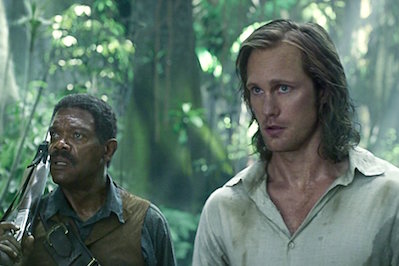 Samuel L. Jackson and Alexander Skarsgård in "The Legend of Tarzan." (Warner Bros.)
1
2
Samuel L. Jackson and Alexander Skarsgård in "The Legend of Tarzan." (Warner Bros.)
1
2
By contrast, in real life as in the film (where he is played with panache by Christoph Waltz), Léon Rom was a consummate villain. An officer in the private army Leopold used to control the territory, Rom is elevated onscreen to a position vastly more important than any he ever held. Nonetheless, he was an appropriate choice to represent that ruthless regime. A British explorer once observed the severed heads of 21 Africans placed as a border around the garden of Rom’s house. He also kept a gallows permanently erected in front of the nearby headquarters from which he directed the post of Stanley Falls. Rom appears to have crossed paths briefly with Joseph Conrad and to have been one of the models for Mr. Kurtz, the head-collecting central figure of Heart of Darkness.
The Legend of Tarzan is essentially a superhero movie, Spiderman in Africa (even if you know that the footage of African landscapes was blended by computer with actors on a sound stage in England). Skarsgård (or his double or his electronic avatar) swoops through the jungle on hanging vines in classic Tarzan style. Also classic, alas, is the making of yet another movie about Africa whose hero and heroine are white. No Africans speak more than a few lines and, when they do, it’s usually to voice praise or friendship for Tarzan or Jane. From The African Queen to Out of Africa, that’s nothing new for Hollywood.
Nonetheless, there are, at odd moments, a few authentic touches of the real Congo: the railway cars of elephant tusks bound for the coast and shipment to Europe (the first great natural resource to be plundered); Leopold’s private army, the much-hated Force Publique; and African slave laborers in chains — Tarzan frees them, of course.
While some small details are reasonably accurate, from the design of a steamboat to the fact that white Congo officials like Rom indeed did favor white suits, you won’t be shocked to learn that the film takes liberties with history. Of course, all novels and films do that, but The Legend of Tarzan does so in a curious way: it brings Leopold’s rapacious regime to a spectacular halt in 1890, the year in which it’s set — thank you, Tarzan! That, however, was the moment when the worst of the horror the king had unleashed was just getting underway.
It was in 1890 that workers started constructing a railroad around the long stretch of rapids near the Congo River’s mouth; Joseph Conrad sailed to Africa on the ship that carried the first batch of rails and ties. Eight years later, that vast construction project, now finished, would accelerate the transport of soldiers, arms, disassembled steamboats, and other supplies that would turn much of the inland territory’s population into slave laborers. Leopold was by then hungry for another natural resource: rubber. Millions of Congolese would die to satisfy his lust for wealth.
Tarzan in Vietnam
Here’s the good news: I think I’m finally getting the hang of Hollywood-style filmmaking. Tarzan’s remarkable foresight in vanquishing the Belgian evildoers before the worst of Leopold’s reign of terror opens the door for his future films, which I’ve started to plan — and this time, on the film set, I expect one of those canvas-backed chairs with my name on it. Naturally, our hero wouldn’t stop historical catastrophes before they begin – there’s no drama in that — but always in their early stages.
For example, I just published a book about the Spanish Civil War, another perfect place and time for Tarzan to work his wonders. In the fall of 1936, he could swing his way through the plane and acacia trees of Madrid’s grand boulevards to mobilize the animals in that city’s zoo and deal a stunning defeat to Generalissimo Francisco Franco’s attacking Nationalist troops. Sent fleeing at that early moment, Franco’s soldiers would, of course, lose the war, leaving the Spanish Republic triumphant and the Generalissimo’s long, grim dictatorship excised from history.
In World War II, soon after Hitler and Stalin had divided Eastern Europe between them, Tarzan could have a twofer if he stormed down from the Carpathian mountains in late 1939, leading a vast pack of that region’s legendary wolves. He could deal smashing blows to both armies, and then, just as he freed slaves in the Congo, throw open the gates of concentration camps in both Nazi Germany and the Soviet Union. And why stop there? If, after all this, the Japanese still had the temerity to attack Pearl Harbor, Tarzan could surely mobilize the dolphins, sharks, and whales of the Pacific Ocean to cripple the Japanese fleet as easily as he sunk Léon Rom’s steamboat in a Congo harbor.
In Vietnam — if Tarzan made it there before the defoliant Agent Orange denuded its jungles — there would be vines aplenty to swing from and water buffalo he could enlist to help rout the foreign armies, first French, then American, before they got a foothold in the country.
Some more recent wartime interventions might, however, be problematic. In whose favor, for example, should he intervene in Iraq in 2003? Saddam Hussein or the invading troops of George W. Bush? Far better to unleash him on targets closer to home: Wall Street bankers, hedge-fund managers, select Supreme Court justices, a certain New York real estate mogul. And how about global warming? Around the world, coal-fired power plants, fracking rigs, and tar sands mining pits await destruction by Tarzan and his thundering herd of elephants.
If The Legend of Tarzan turns out to have the usual set of sequels, take note, David Yates: since you obviously took some characters and events from my book for the first installment, I’m expecting you to come to me for more ideas. All I ask in return is that Tarzan teach me to swing from the nearest vines in any studio of your choice, and let me pick the next battle to win.
Adam Hochschild, a TomDispatch regular, is the author of eight books, most recently Spain in Our Hearts: Americans in the Spanish Civil War, 1936-1939, and teaches at the Graduate School of Journalism, University of California, Berkeley.
Follow TomDispatch on Twitter and join us on Facebook. Check out the newest Dispatch Book, Nick Turse’s Next Time They’ll Come to Count the Dead, and Tom Engelhardt’s latest book, Shadow Government: Surveillance, Secret Wars, and a Global Security State in a Single-Superpower World.
Copyright 2016 Adam Hochschild Your support matters…Independent journalism is under threat and overshadowed by heavily funded mainstream media.
You can help level the playing field. Become a member.
Your tax-deductible contribution keeps us digging beneath the headlines to give you thought-provoking, investigative reporting and analysis that unearths what's really happening- without compromise.
Give today to support our courageous, independent journalists.
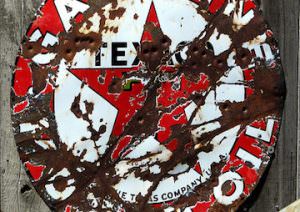
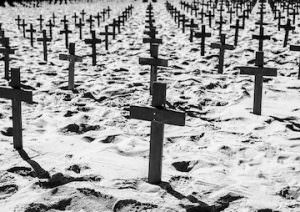
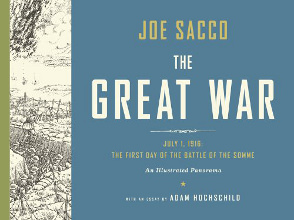
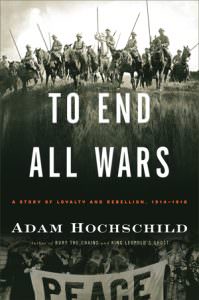
You need to be a supporter to comment.
There are currently no responses to this article.
Be the first to respond.